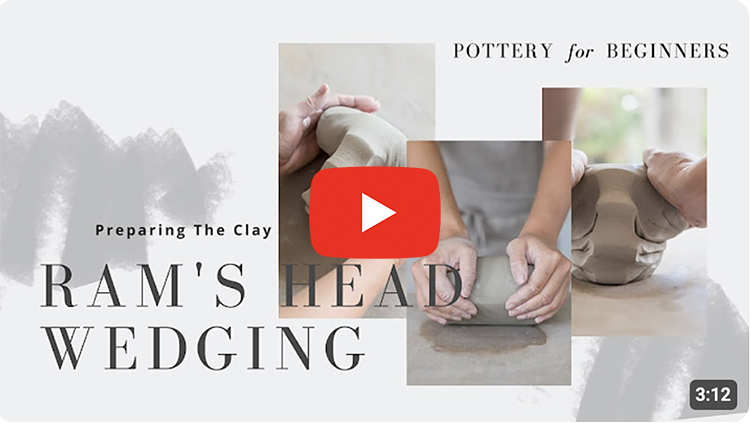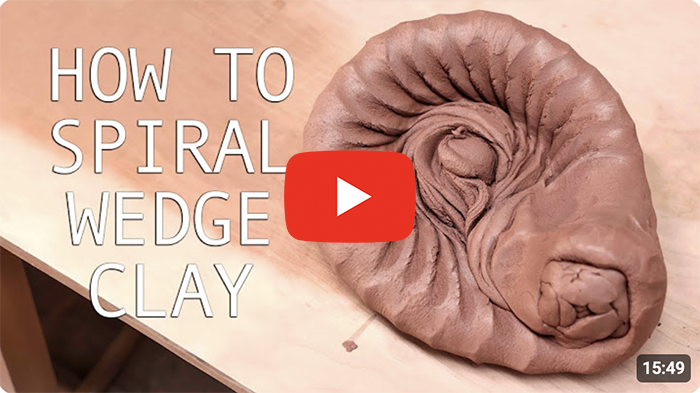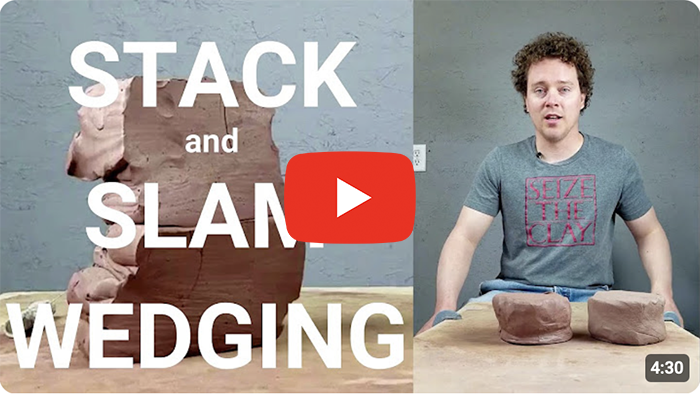How to Wedge Clay (And Why It Matters)
Air bubbles. Cracks. Warping. One habit helps prevent it all: wedging your clay.
Every potter—beginner or advanced—should be wedging their clay before throwing or hand-building. Why? Because wedging helps:
- Remove air bubbles that could cause explosions in the kiln
- Distribute moisture evenly throughout the clay body
- Improve plasticity so the clay is easier to throw and shape
- Align clay particles for better strength and stability
There are three main ways to wedge. Here are short videos of each:
No matter which method you use, just make sure you wedge. Your pots will thank you—and so will your instructor when they don’t have to explain another s-crack.
Dan Pearce
Founder | The Clay Hole



